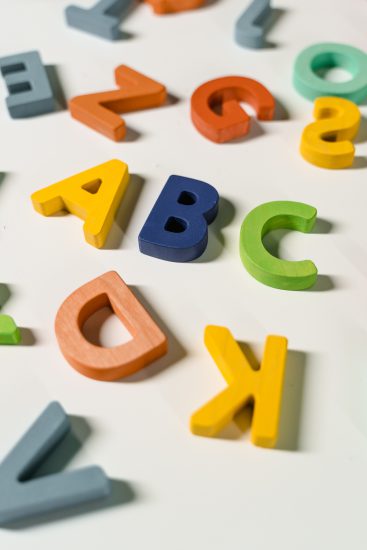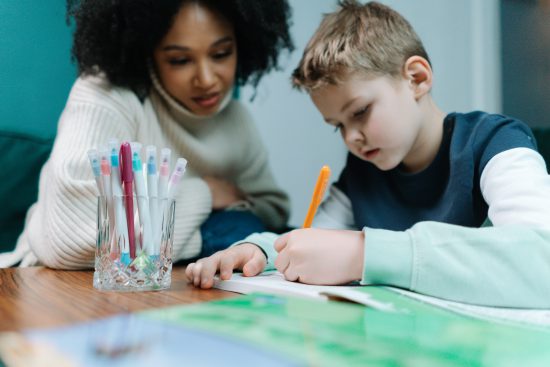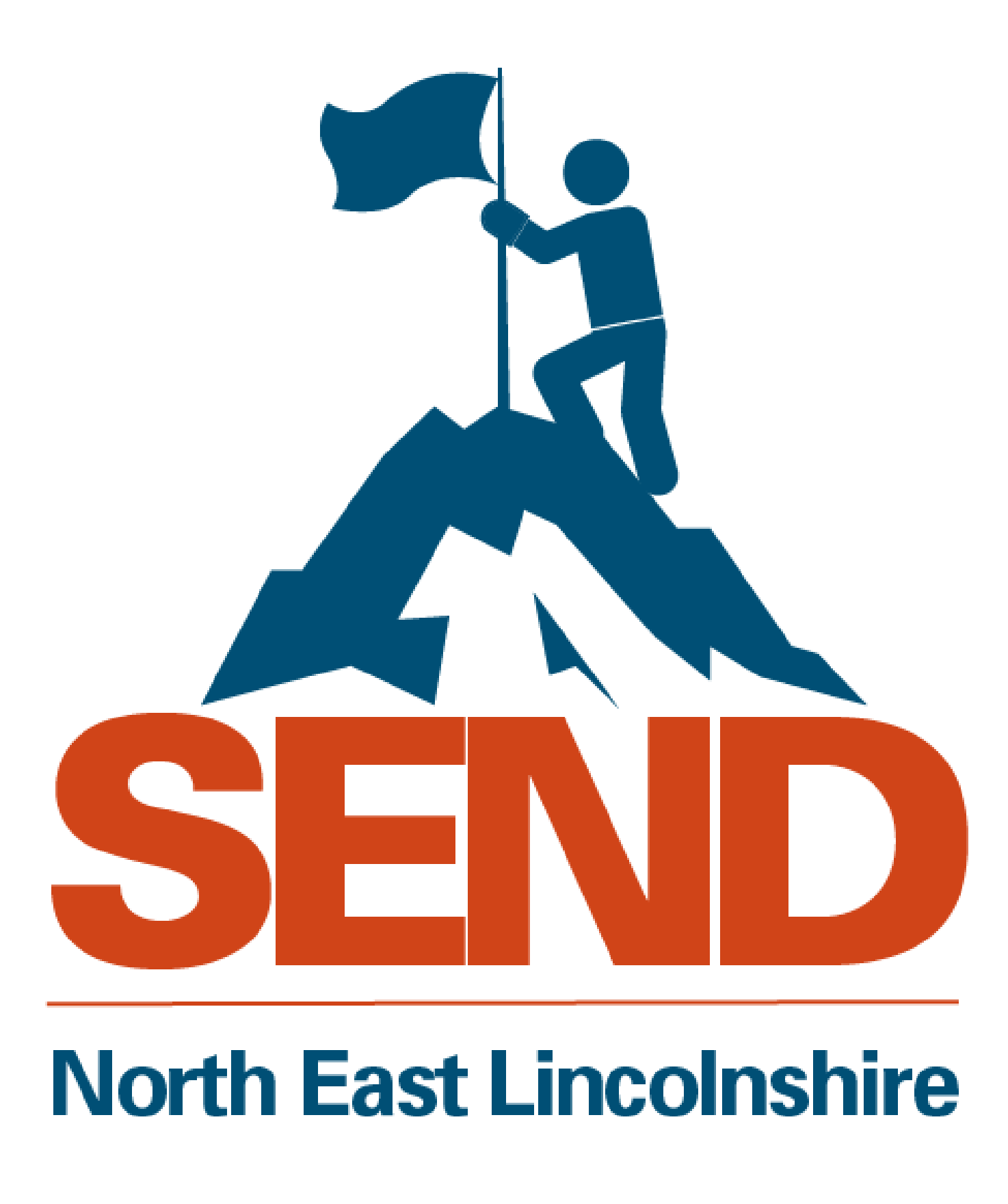
7:00 am, Sunday, 10th October 2021
Dyslexia Awareness Week. Top tips to write
This week is Dyslexia Awareness Week.
Enjoy four days of ‘Top tips’ to help parents and carers support their child with dyslexia.
- Thursday- Reading
- Friday- Sight word games
- Saturday- Spelling
- Sunday- Writing
Enjoy today’s top tips to learn to write.
Learning to write can be a tricky business, because good writing involves balancing spelling, grammar, punctuation, and spelling… that’s a lot for a child to juggle.
Learning to write is also a lot of fun, and there are all sorts of enjoyable ways you can help your child learn to love writing.

Tips:
- If you are writing out words for copying, make sure you use lower case letters.
- Encourage your child to say out loud before writing the sentence, they could do this several times.
- Ask your child to read what they have written and check for mistakes but don’t get too obsessed with spelling. Maybe pick out one or two incorrect spellings.
- Ask your child to share his/her writing and be a good listener. Look for 3 positives in your child’s writing before making any suggestions.
- Encourage children to get their ideas down first without worrying about presentation.
- Offer plenty of praise. Think of nice things to say – ‘I love the way you’ve put that! It’s brilliant.’ Rather than, ‘I wish you would leave a space between your words.’
- Allow different forms of writing. Writing emails or typing messages are all perfectly good ways for children to express themselves in written form.
- Follow your child’s interests: Does your child like football, cooking, making things, dogs or playing with Lego? Whatever their interest, there will be good writing opportunities around it. Perhaps a football diary, instructions or recipes.
- Provide your child with a ‘writing box’- put a range of writing items in the box –coloured pens, pencils, rainbow pencils, highlighters, old birthday cards, post its, postcards, envelopes, notelets, fancy writing paper, coloured paper, scrapbooks, sticky tape to make books. Rolls of wallpaper can be fixed to a table or a fence for large writing and drawing.
- If your child wants to write a story, it can sometimes be helpful to sketch out their ideas first. Your child might also find it useful to draw mind maps / web diagrams.

Ideas for writing at home:
- When your child starts school, encourage him/her to write their own name, family names, letter sounds and key words. Explore writing with paint, chalk, misty windows etc. Develop their gross motor such as making circles with their arms. Ask them to say and try to write short phrases.
- Strengthen their writing hand-Try fun activities which strengthen your child’s hand, e.g., cutting, painting, squeezing playdough, picking up small things with tweezers and pegs.
- Magic writing boards are great fun for children. These can be bought cheaply and used even on car journeys.
- White boards encourage the children to write and practise mark making.
- Ask your child to write lists for you, e.g., shopping lists, ‘to do’ lists.
- They could write lists for themselves, e.g., their favourite things
- Keep a scrap book/diary of what they do when they go on holiday or during the summer holidays.
- Encourage your child to write their own mini plays based on a book or TV programme.
- Make a hobby booklet or information page with photos/drawings/ research from the internet. They are more likely to write about something they are interested.
- Help your child write letters/emails to relatives. Write messages in birthday and Christmas cards.
- Tell your child a story and have them write their own ending for it.
- Ask your child to draw a picture of a family activity. Have them write a sentence about it below the picture.
- Your child could cut a picture from a magazine/newspaper and write a story about the picture or their own news article.
- Ask your child what his/her writing targets are from time to time at school and help them work specifically on these.
